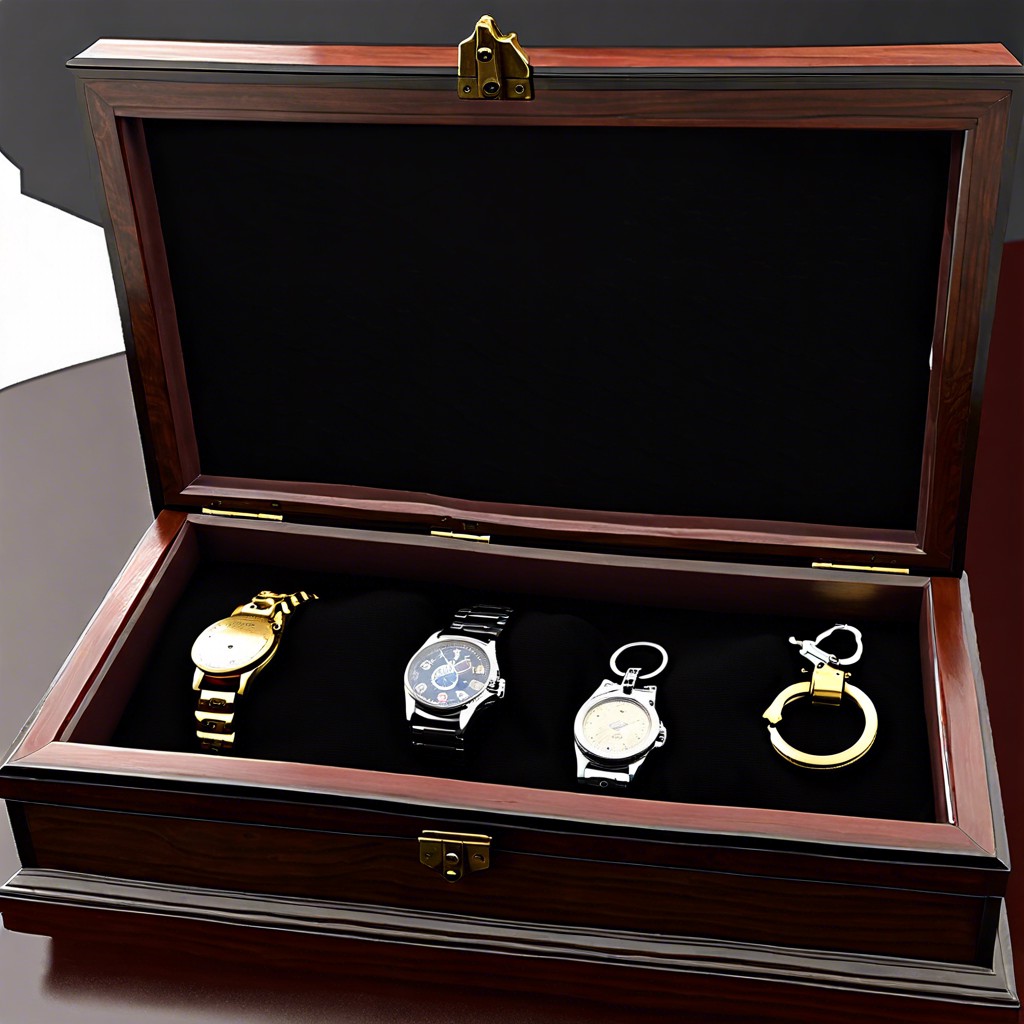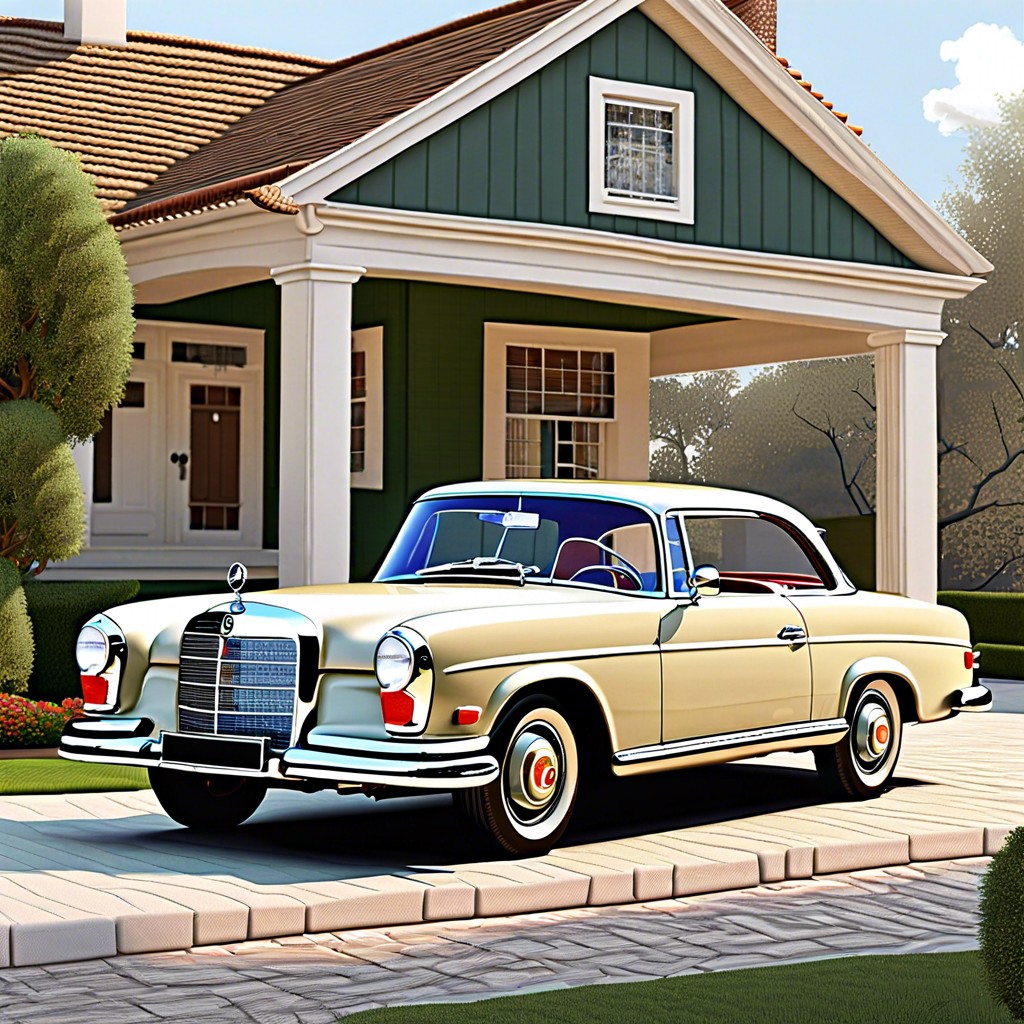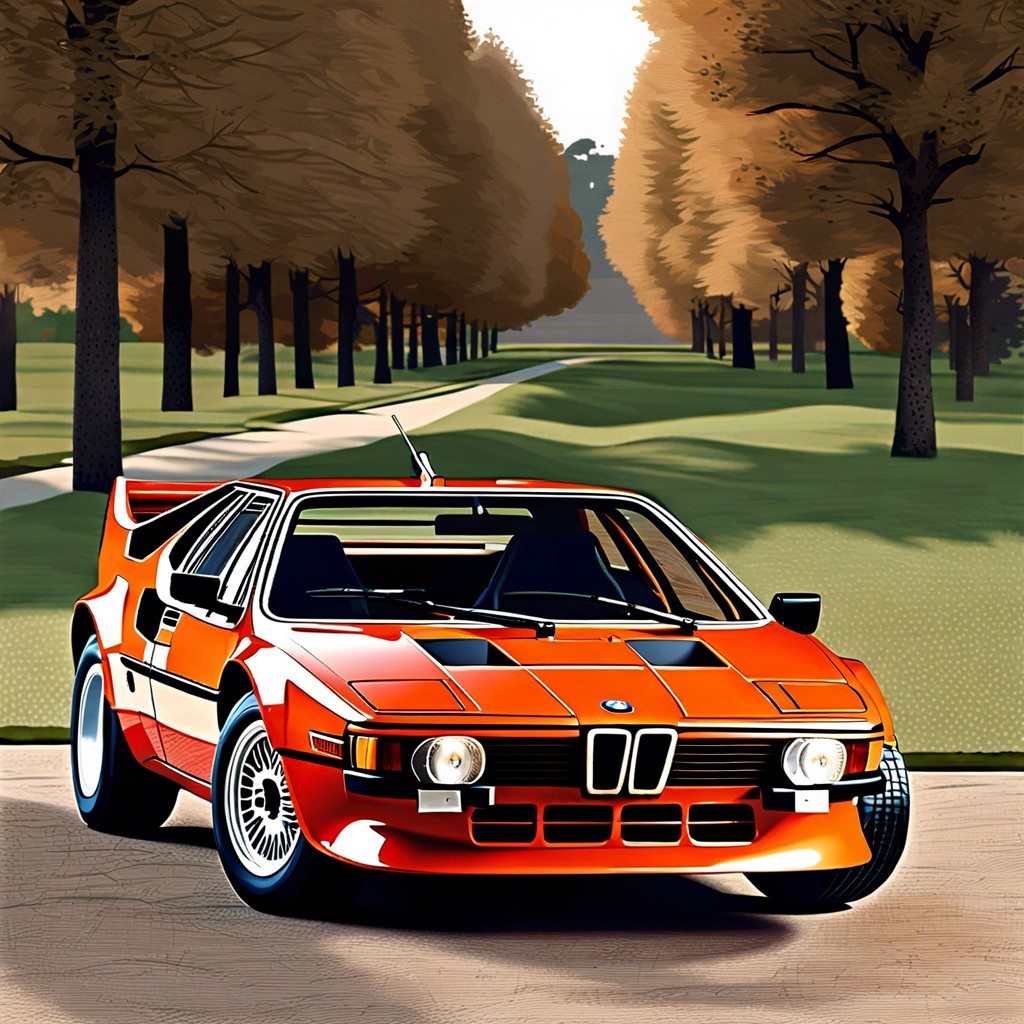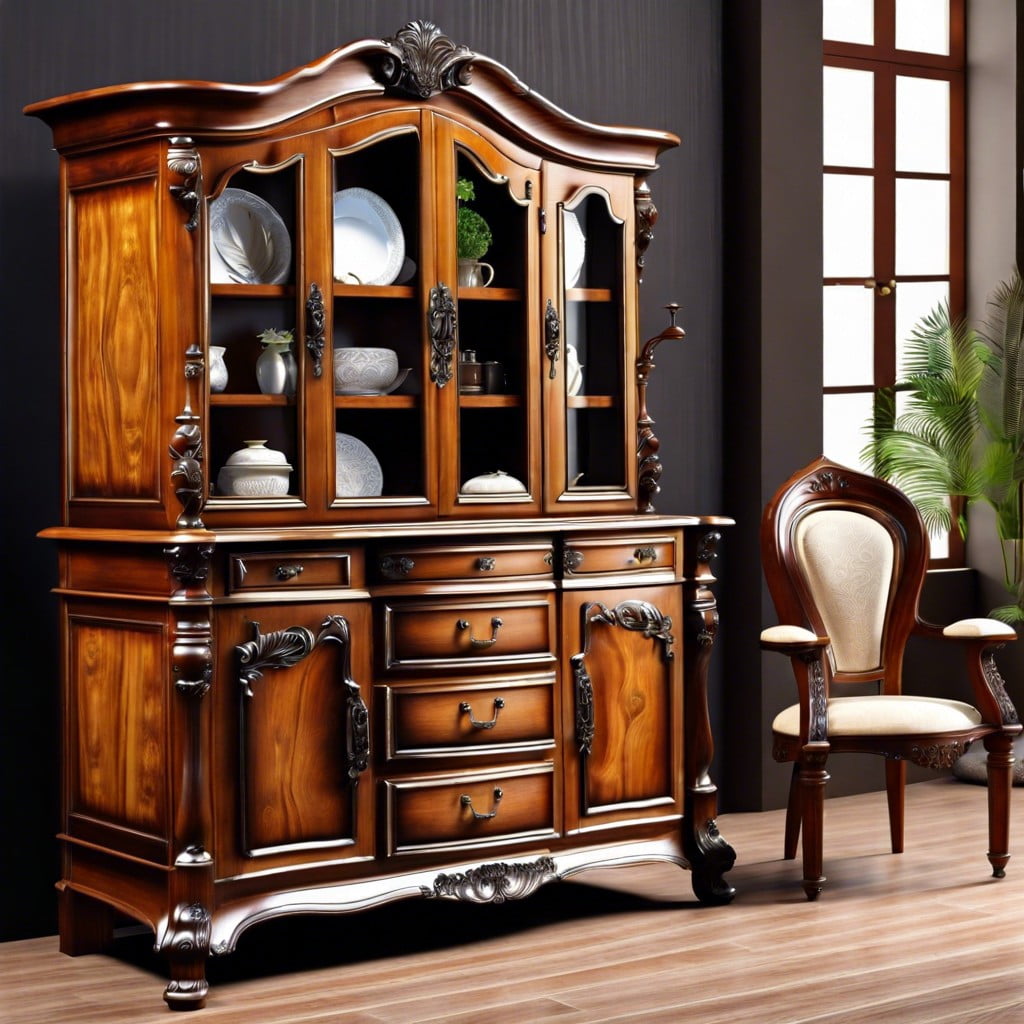Last updated on
Discover the charm and potential value of an old couch and learn how to appreciate its craftsmanship and history.
Key takeaways:
- Old couches have historical value and reflect societal shifts.
- Identifying antique couch styles involves examining design elements and craftsmanship.
- Factors affecting the value of antique couches include craftsmanship, materials, provenance, condition, rarity, style, restoration, demand, functionality, and authentication.
- When restoring an aging sofa, consider the condition of the frame, springs, padding, fabric, and seek professional help when needed.
- Repurposing old sofas can turn them into pieces of art, standalone furniture items, garden decor, or help reduce waste.
Historical Value of Old Couches
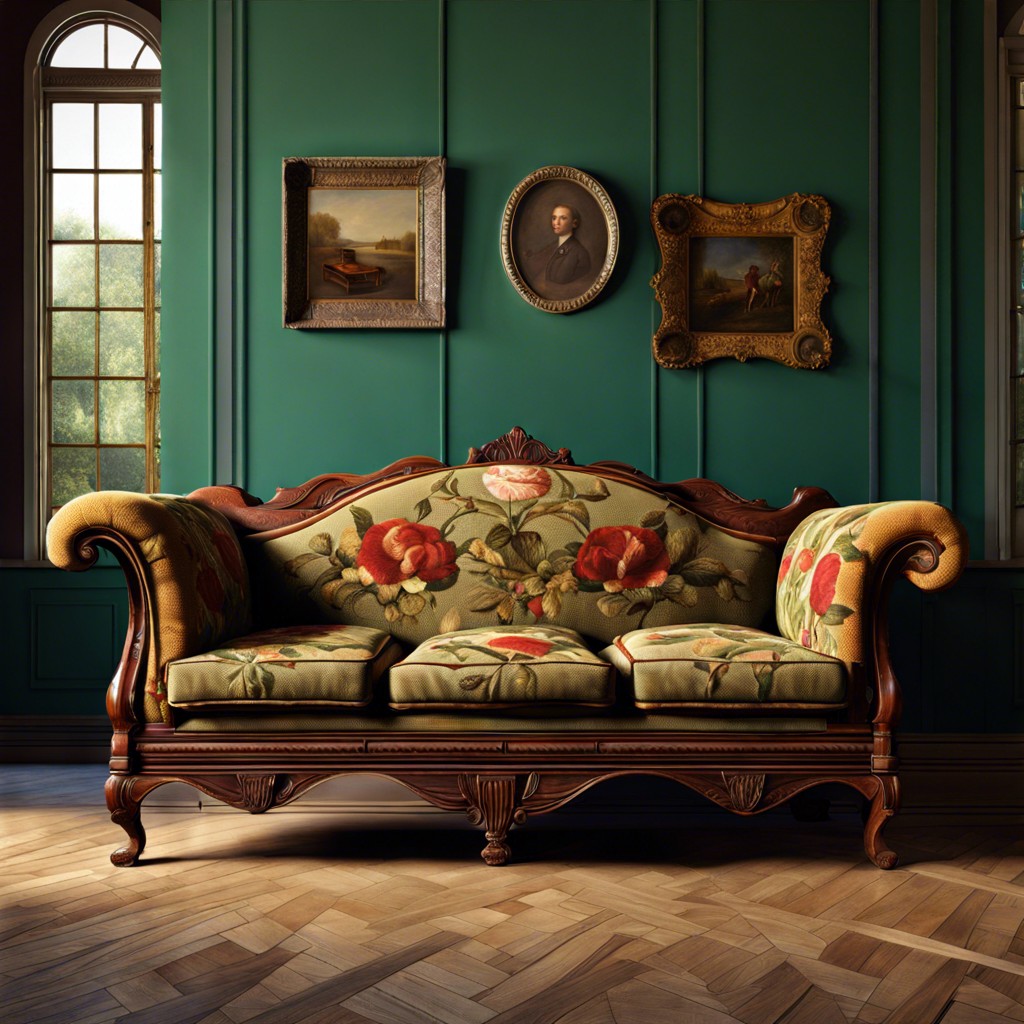
A couch with a story becomes more than a place to rest; it’s a narrative piece in a living space. These furnishings often mirror societal shifts and tastes through their design elements. For instance, the ornate carvings of a Victorian settee speak to the era’s love for elaborate decor, just as the sleek lines of a mid-century modern sofa reflect the period’s fascination with minimalism and functionality.
Additionally, the provenance of an old couch can significantly increase its value. A sofa that seated historical figures or featured in a significant event carries a legacy that goes beyond its physical form. Collectors and history aficionados alike prize these pieces for their ability to connect the present with the bygone days.
Craftsmanship is another aspect that heightens a sofa’s historical worth. Mass-produced furniture of the modern age often falls short of the handcrafted durability found in antique settees, chaises, and divans. The handiwork of yesteryear’s artisans imbued these couches with quality and durability, making them withstand the test of time.
An antique couch serves as a testament to the artistry and social customs of its time. It also acts as a conduit for stories and histories, some known and others waiting to be uncovered, offering a tangible link to the past for future generations to cherish.
Identification of Antique Couch Styles
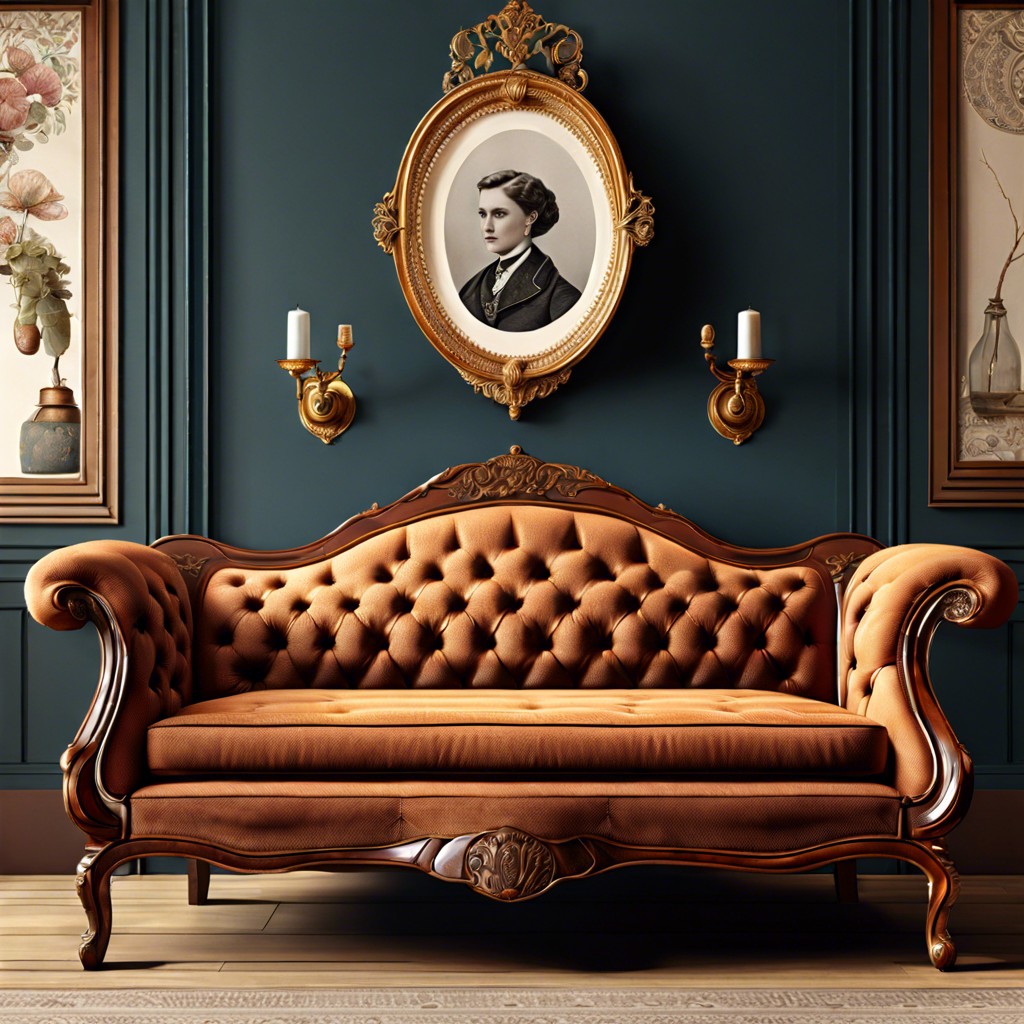
Distinguishing antique couch styles hinges on observing design elements and craftsmanship. Victorian sofas, recognized by their ornate carvings and plush fabrics, radiate opulence reminiscent of the 19th century. Mid-century modern pieces are the polar opposite, with minimalist lines and functional forms that evoke a sense of the 1950s and 1960s. Chesterfields, with quilted upholstery and rolled arms, exude a timeless elegance and are often sought after for their classic appeal.
To classify an old couch, examine its legs and feet. Queen Anne sofas have curvy lines and padded feet, while Chippendale styles exhibit claw-and-ball feet, signaling their early American roots. Investigating the frame construction can yield clues to authenticity; hand-cut dovetail joints usually indicate an older piece.
The type of wood used also provides insights. Walnut suggests a couch might hail from the 1700s to early 1800s, whereas oak typically points to late 19th-century origin. Scrutinizing the upholstery pattern and technique can further aid in pinpointing the era of the sofa, with original horsehair stuffing being a telltale sign of a genuine antique.
Remember, a faded maker’s mark or label tucked away on the underside or back of the couch can seal the deal in confirming its heritage, providing a direct connection to its historical provenance.
Factors Affecting the Value of Antique Couches
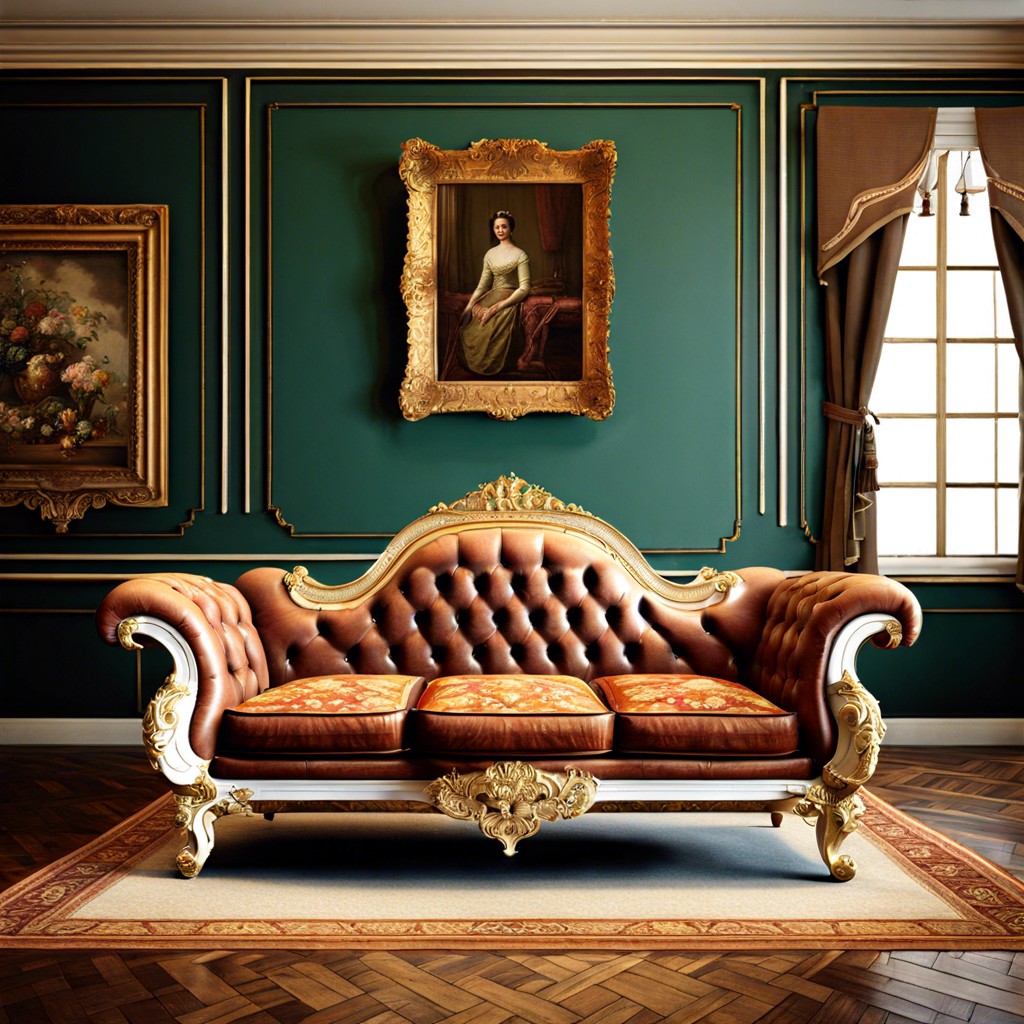
Craftsmanship speaks volumes; skilled workmanship signifies a piece’s pedigree, potentially elevating its market worth. Materials bring their own story – mahogany, oak, and walnut often point to a hefty price tag. Provenance provides context; a rich history or a renowned previous owner adds layers of value. Condition matters deeply; wear and tear may exude charm, but significant damage can take a toll on desirability. Rarity can turn heads; the scarcer the design, the higher the demand and subsequent value. Style’s no wallflower here either; timeless designs stand the test of trend cycles, keeping their appeal ageless. Restoration can be a double-edged sword – a seamless touch-up can rescue value, but over-restoration may strip away character and reduce an item’s worth. Demand runs the show; current trends in interior decor can heighten interest and drive up prices. Functionality isn’t left behind; pieces still fit for use tend to hold value better than those merely ornamental. Authentication seals the deal; confirmed authenticity by experts solidifies an antique couch’s value in the market.
Restoration Considerations for Ageing Sofas
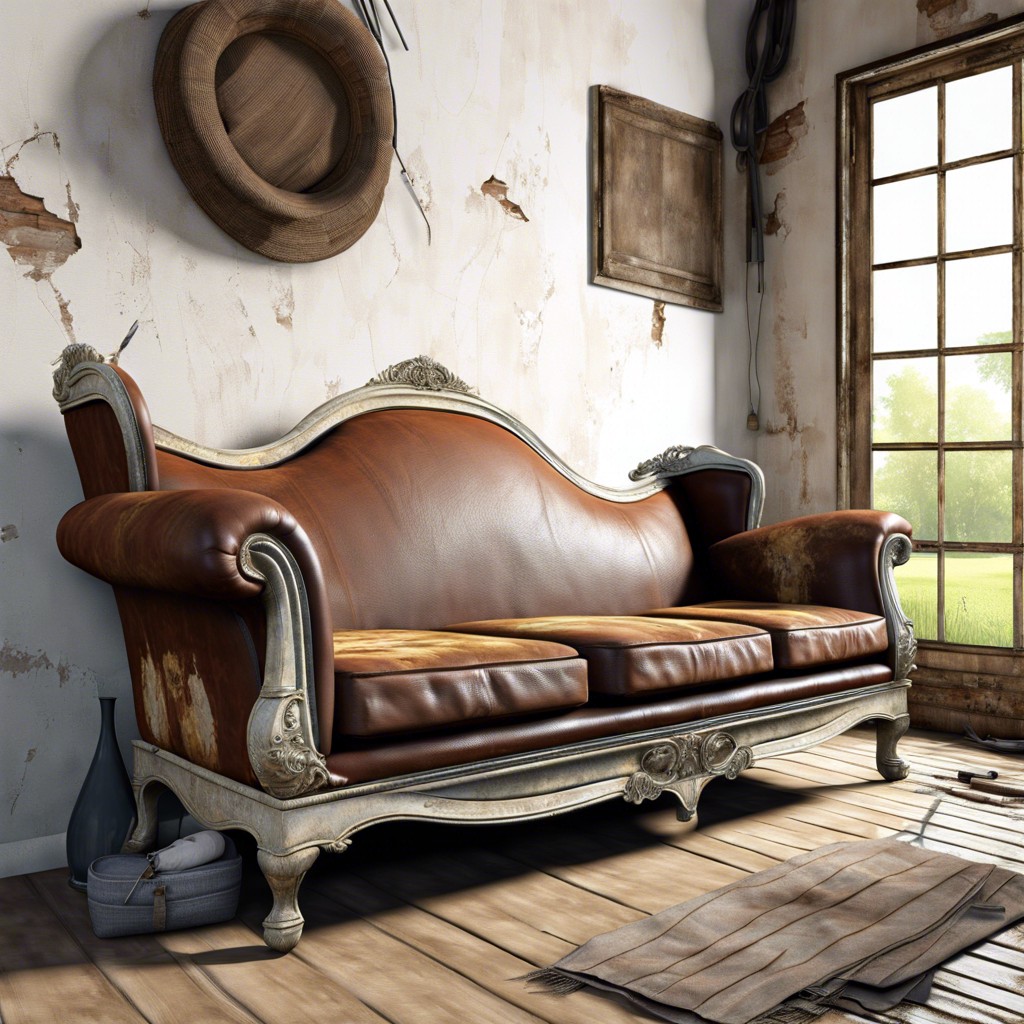
Before embarking on a sofa restoration journey, assess the condition of the frame. A sturdy hardwood frame suggests the piece may deserve the effort. Next, examine the springs and padding. For couches sagging in dismay, a replacement with high-density foam breathes new life into the seat.
Consider the fabric’s historical accuracy if keeping with the period style is paramount. Dive into period-appropriate materials for an authentic refresh. However, for daily use, choosing a durable and comfortable textile might trump authenticity.
Many old sofas boast intricate woodwork, often the star of the show. Reviving it may involve cleaning, sanding, and re-staining, but the trick lies in not eroding character-defining patina.
Lastly, approach DIY with caution. While it may be tempting to tackle the project single-handedly, professional upholsterers possess the artistry and expertise to navigate delicate details without compromising integrity. Enlist help where needed and save your savvy for tasks within your wheelhouse.
Innovative Repurposing Ideas for Old Sofas

Breathe new life into a time-worn sofa by transforming it into a piece of art. Envision splashing it with vibrant colors or adding funky patterns to make a statement.
Convert sections into standalone furniture items. A single sofa arm may become a unique shelf, while the back can be mounted as a distinct faux headboard.
Explore the versatility in your garden. A couch frame, stripped of its upholstery, can morph into an eye-catching planter or an enchanting outdoor bench.
Unleash creativity with upholstery. Reupholstering with fresh fabric can shift a traditional piece into modern decor, giving it renewed purpose and flare.
Consider the ecological side by repurposing. Old sofas can yield a wealth of materials such as foam for cushions, wood for small DIY projects, or even springs for creative sculptures.
Each idea not only preserves the history within the fibers of your classic sofa but also prevents one more item from cluttering our landfills. With a touch of ingenuity, an obsolete couch can embark on a new chapter.
